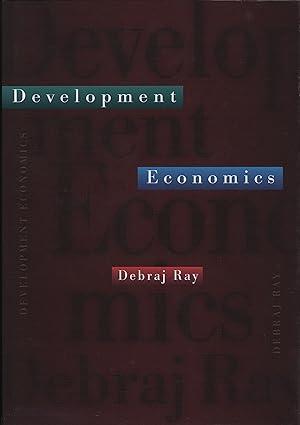Suppose that peoples attitudes can take three possible positions: L, M, and R, where you can think
Question:
Suppose that people’s attitudes can take three possible positions: L, M, and R, where you can think of L as leftist, R as rightist, and M as middle-of-the-road. Consider a society in which it is known that a fraction α are M types, and the remaining fraction 1 − α are divided equally between L and R, but no individual is known to be L, M, or R at first sight. Suppose that each individual gets satisfaction S from expressing his or her own true views but feels a loss (“social disapproval”) in not conforming to a middle-of-the- road position. The amount of the loss depends on the fraction α of M types: suppose that it equals the amount α/ (1 − α).
(a) Show that there is a threshold value of α such that everybody in society will express their own view if α is less than the threshold but will all express M-views if θ exceeds the threshold.
(b) What happens if we change the specification somewhat to say that the “social disapproval loss” equals β/ (l − β), where β is the expected fraction of people who choose to express M views (and not necessarily the true fraction of M types)?
(c) Indicate how you would extend the analysis to a case in which there are potential conformist urges attached to each of the views L, M, and R, and not just M.
Step by Step Answer:






